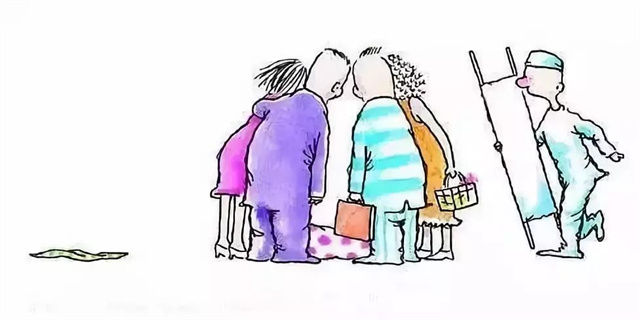threejs(Threejs Creating Immersive 3D Web Experiences)

Three.js: Creating Immersive 3D Web Experiences
Introduction:
Three.js is a powerful JavaScript library that allows developers to create captivating 3D web experiences. Whether you want to showcase your products in a realistic 3D environment or build interactive games and simulations, Three.js provides the necessary tools and functionalities to bring your ideas to life. In this article, we will explore the key features and advantages of Three.js, delve into its architecture, and discuss some real-world use cases.
Understanding Three.js:

Three.js is built on top of WebGL, a web standard for rendering 3D graphics in a browser. WebGL leverages the power of a device's GPU (Graphics Processing Unit) to achieve hardware-accelerated rendering, making it possible to create complex and visually stunning 3D scenes in real-time.
Three.js simplifies the process of working with WebGL by providing a high-level API that abstracts away many of the complexities involved. Developers can easily define and manipulate objects, cameras, lights, and materials using intuitive JavaScript syntax. This allows for rapid prototyping and development of 3D applications.

The core components of Three.js include:
1. Scene: The scene is a container that holds all objects, cameras, and lights.

2. Camera: The camera determines the perspective from which the scene is viewed.
3. Renderer: The renderer takes the scene and camera as input and produces the final rendered output.
4. Mesh: Meshes are the basic building blocks of 3D objects in Three.js. They are defined using geometries (shape) and materials (appearance).
5. Light: Lights are used to illuminate the scene and affect how objects are rendered.
Real-World Applications:
1. E-commerce: Three.js can be used to create interactive 3D product visualizations, allowing customers to examine and interact with products in a virtual space. This immersive experience can boost engagement and help drive sales.
2. Gaming: With its real-time rendering capabilities, Three.js is an ideal choice for developing browser-based games. It provides the necessary tools for handling input, physics simulations, and complex animations.
3. Education and Training: Three.js can be used to build interactive simulations and educational content. From physics simulations to virtual reality lessons, Three.js opens up new possibilities for immersive learning experiences.
4. Architecture and Design: Architects and designers can leverage Three.js to showcase their projects in a lifelike 3D environment. This allows clients to visualize and explore designs before they are built, enabling better communication and decision-making.
Conclusion:
Three.js empowers developers to create immersive 3D web experiences using familiar web technologies. Its high-level API and integration with WebGL make it accessible to both beginners and experienced developers. With its wide range of applications, Three.js is revolutionizing the way we interact with the web by bringing 3D content to the browser. Whether you are a game developer, an e-commerce business, or an educational institution, Three.js has the potential to enhance your web presence and engage your audience in ways previously unimaginable.








